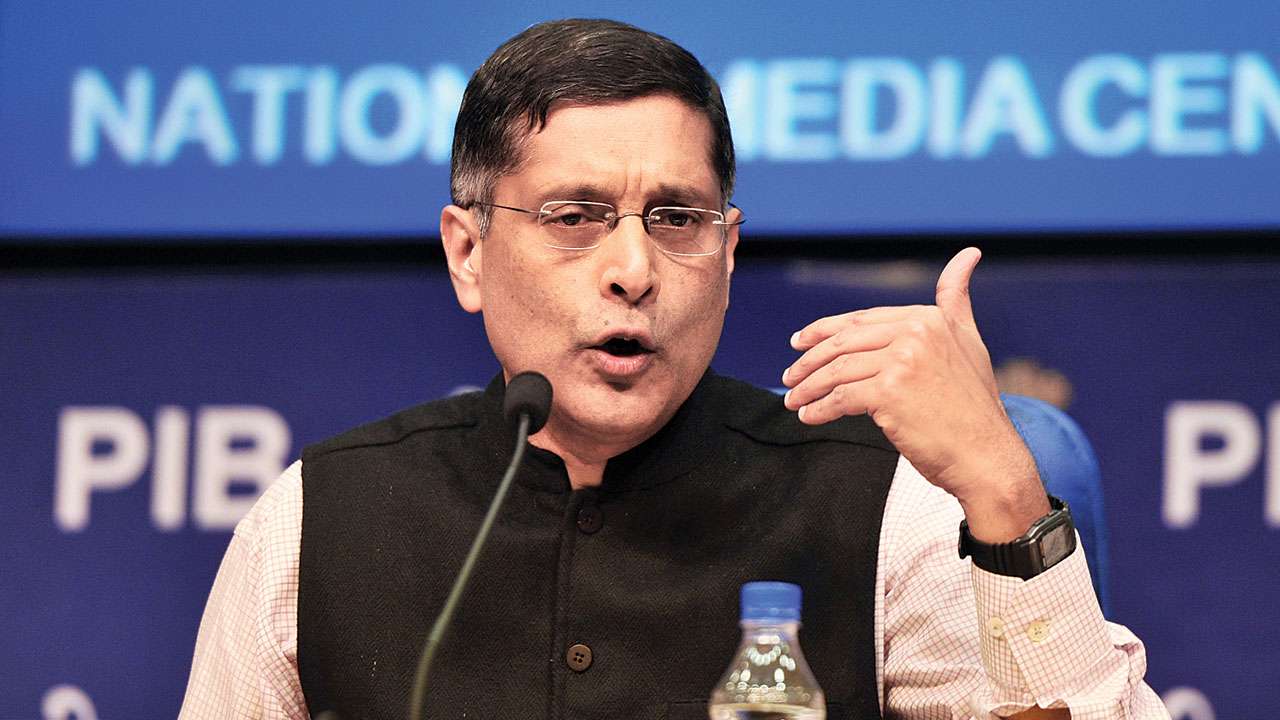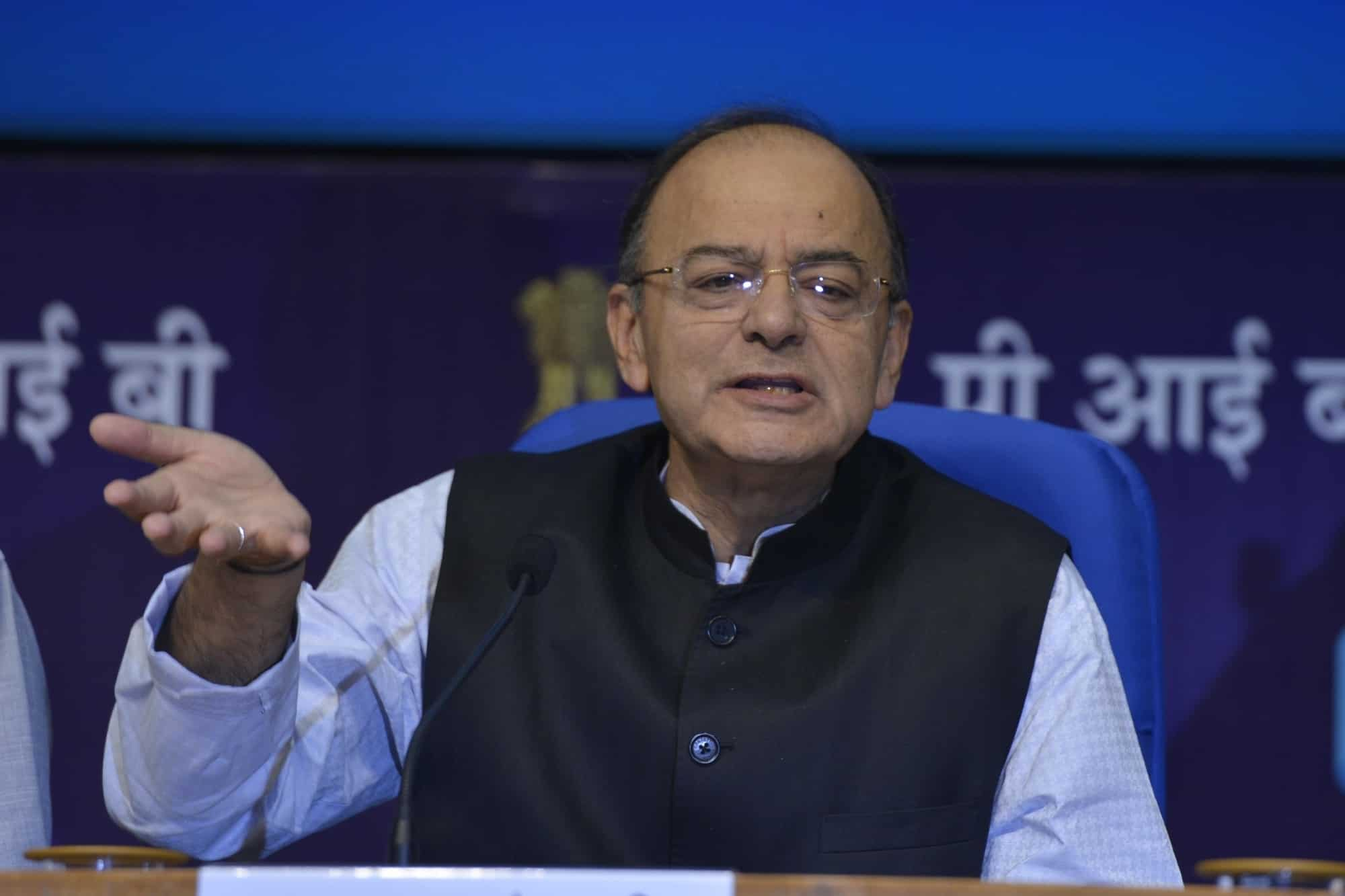The Twin Balance Sheet Advantage in 2023

The Twin Balance Sheet Advantage in 2023
A few days later, finance minister Nirmala Sitharaman also brought it up when forecasting strong economic growth. We clarify what they were making reference to.
India is on the verge of a “twin balance sheet advantage for growth,” according to RBI Governor Shaktikanta Das, who wrote the prologue to the Financial Stability Report published last month. A few days later, finance minister Nirmala Sitharaman also brought it up when forecasting strong economic growth. We clarify what they were making reference to.
Understanding the economic health of a nation, or an individual business, requires looking at balance sheets – summaries of an entity’s assets, liabilities, and shareholders’ equity.
The term “twin balance sheet problem” often arises in the context of economies. Coined by the former Chief Economic Advisor to the Indian government, Dr Arvind Subramanian, this term refers to the concurrent stress in banks and corporations reflected in their balance sheets.

However, a “twin balance sheet advantage” can be created if managed correctly, presenting an opportunity for sustainable economic growth.
The twin balance sheet (TBS) concept typically emerges during times of economic stress when both the banking sector and corporate businesses are strained simultaneously. For banks, this manifests as a high number of non-performing assets (NPAs) – loans that have become bad debts due to the borrowers’ inability to repay timely.
In the past, banks’ and firms’ balance sheets had issues known as the “twin balance sheet” problem. There needed to be more cash flow for businesses to pay off their debt, and many of them had interest coverage ratios below 1. This suggested that their business activities needed more revenue to pay the interest.
However, banks were suffering from sizable non-performing assets (NPAs). In reality, there were over $8 trillion in problematic loans and the
In 2016–17, the NPA ratio almost hit 12%. Many banks indicated that their capacity to lend was constrained since the total amount of bad loans they made surpassed the genuine interest they received. As a result, startup businesses were unable to secure bank financing.

In order to allow banks to share information on big loan accounts of Rs 5 crore and above, the RBI created the Central Repository of Information on Big Credits (CRILC) in 2014. The RBI insisted on gathering data on loans that were past due up to 90 days, or special mention accounts (SMAs), in order to identify early indicators of deterioration in loan accounts. In September 2015, the regulator also started an asset quality review (AQR).
The purpose of passing the Insolvency and Bankruptcy Code (IBC) was to expedite the settlement of loans. Additionally, the government invested approximately $3 trillion to bolster public sector banks between FY17 and FY21.
Simultaneously, corporations borrowing these funds often need help with their balance sheet troubles due to over-leveraging, ineffective management, or unfavourable market conditions.
The TBS problem creates a vicious cycle. Corporations struggling with their debts make more NPAs for banks, and banks grappling with NPAs become more risk-averse, lending less freely, which in turn squeezes corporate access to credit and thus the ability to invest and grow.
Turning the TBS problem into an advantage involves taking strategic steps to strengthen both banks’ and corporations’ balance sheets simultaneously. This often requires regulatory reforms, fiscal policy changes, and proactive management. Let’s discuss this in the context of 2023.
In 2023, several steps have been taken worldwide to turn around banks’ balance sheets. Central banks and financial regulatory bodies have introduced stricter loan classification and provisioning norms, ensuring banks set aside adequate funds to cover potential losses from bad loans.
The creation of ‘bad banks’, or asset management companies that specialize in buying and restructuring bad loans has also gained momentum, freeing up banks’ balance sheets and allowing them to focus on their core operations.

According to the FSR, balance sheets in both the banking and business sectors have improved. With the capital-to-risk-weighted assets ratio and the standard equity tier 1 capital ratio reaching record highs of 17.1% and 13.9%, respectively, in March 2023, banks have strengthened their capital foundation.
Additionally, banks have increased their returns on equity and assets. Their net NPA ratio decreased to 1%, while their GNPA ratio hit a 10-year low of 3.9%. To 74%, the provisioning coverage ratio increased. Additionally, banks’ profit after tax increased by 38.4% in 2022-2023.
In addition, there has been an increasing focus on digitization and data analytics to improve risk management. Banks are leveraging technology to assess credit risk more accurately, predicting potential NPAs and avoiding risky loans. This has led to more disciplined lending practices, reducing the risk of future NPA build-ups.

The company’s financial sheet is reportedly in the best shape it has been in ten years. Most industries have reduced their debt loads by paying off debt with revenues and extra cash. According to a study by the RBI, private (non-financial) enterprises’ debt-to-equity ratio decreased from 55% to 35% between FY15 and FY23. This indicates that they are now better positioned to grow their business.
For corporations, the TBS advantage in 2023 has come about through more disciplined borrowing, better cash management, and an increased focus on operational efficiencies. Many corporations have adopted a more conservative approach to lending, ensuring they maintain a healthy debt-to-equity ratio.
There has also been a growing emphasis on operational efficiency, with businesses investing in automation and artificial intelligence to reduce costs and improve productivity. These improvements in operational efficiencies have helped strengthen the corporations’ balance sheets by improving profitability.

Governments have played a part in promoting innovation and generating new sources of income by offering tax incentives and subsidies to encourage businesses to invest in research and development. These measures have helped firms to diversify their income, reducing reliance on borrowed funds.
New dangers have forced a reevaluation of global norms on financial sector rules, as seen by recent banking turbulence in certain wealthy countries. The FSR highlights how crucial it is for regulators worldwide to collaborate on these concerns. Both regulators and regulated firms in India must maintain their course and remain steadfastly committed to establishing a sound financial system. It’s crucial to keep in mind that vulnerabilities frequently appear during prosperous periods when hazards are commonly disregarded.
Banks must further enhance their credit risk management programmes to stop the recurring issue. The RBI-recommended red flags should be observed to identify difficulty early, and the internal credit rating system must be strengthened. Disbursement must be made on schedule, and loan end-use must be confirmed.
India Inc. must take responsibility for borrowing in light of the past’s little enthusiasm. An economy can only expand if its banks are sound and businesses plan new investments. India’s recent poor development has been largely attributed to lower investments. The accelerating pace of economic activity, business resiliency, and solid and effective financial intermediation will improve growth prospects.

In 2023, the twin balance sheet advantage has begun to take root, offering a more optimistic economic outlook. The full balance sheets of banks and corporations are paving the way for more sustainable economic growth. With healthier balance sheets, banks are more willing to lend, fostering investment and expansion in the corporate sector. Meanwhile, corporations with more substantial balance sheets can invest in innovation and development, creating more jobs and stimulating economic activity.
Therefore, the twin balance sheet advantage is a beacon of hope amidst economic uncertainty. As long as banks maintain stringent lending norms and corporations exercise disciplined borrowing and operational efficiencies, the twin balance sheet advantage can be a powerful tool for sustainable economic growth.




